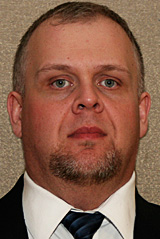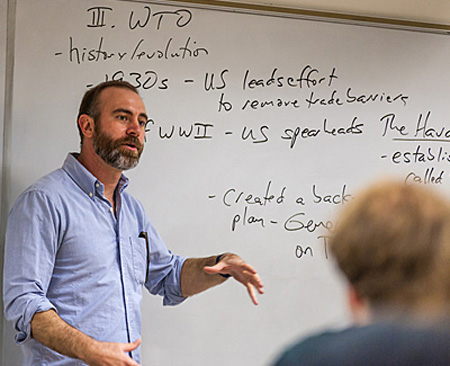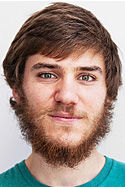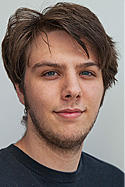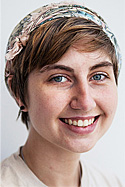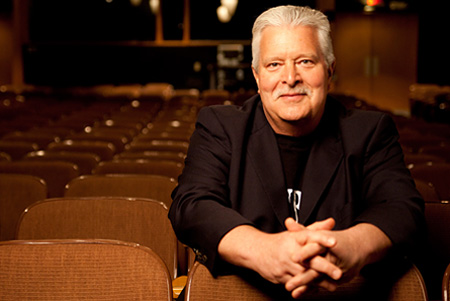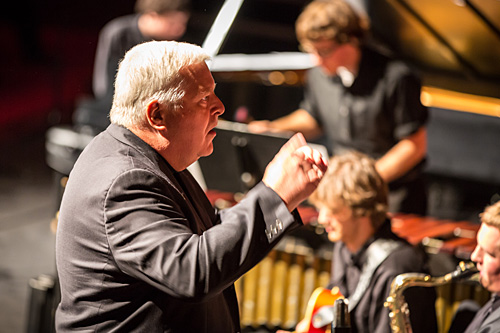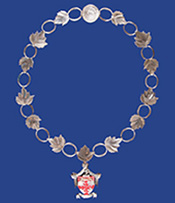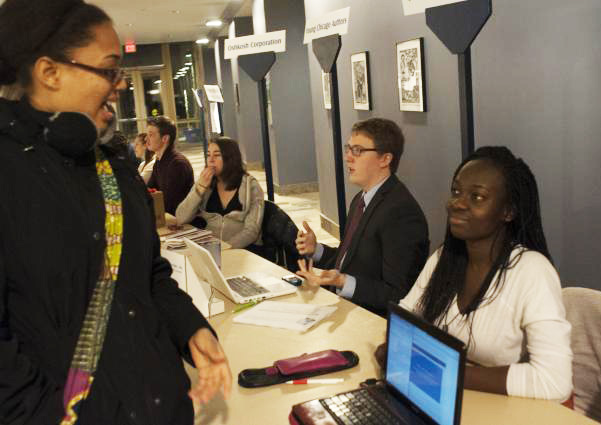The Lawrence University tennis teams have been honing their games on the banks of the Fox River for more than 75 years, and thanks to a generous donation, those courts have never looked better.
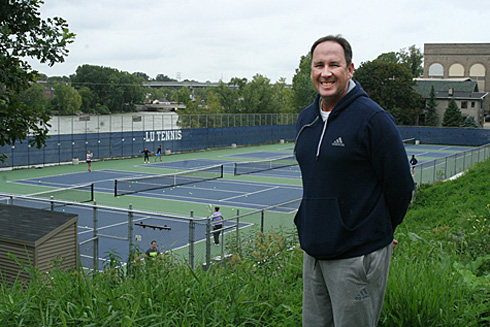
The Lawrence Courts, located at the bottom of Drew St. hill, underwent a makeover this summer thanks to an anonymous alumni donation.
“The new tennis facility allows Lawrence to provide its men’s and women’s tennis teams with a first-class facility to compete and train,” Lawrence coach Steve Francour said. “Potential student-athletes will also see that they can reach their full potential at Lawrence with an outstanding facility. I would like to thank the donor and Lawrence for making this facility one of the best in the Midwest Conference.”
The six courts, which are located in a picturesque location next to the Fox River, were completely resurfaced with Nova’ProBounce. The new court surface, which is in use at tennis clubs all over the country, is an extremely high-quality, multi-layer product.
The complex, which received a new windscreen, also has been prepared for the installation of lights. A new storage building is in place, a new retaining wall was built and seating for fans also is on the drawing board.
“The new tennis courts will help give us an opportunity to become an elite program once again,” Director of Athletics Mike Szkodzinski said. “Coach Francour did a tremendous job in his first year with us last year. The new courts will allow him to better attract the best scholar-athletes to our programs. The courts also enhance our ability to interact more frequently with the Appleton community and invite them on campus.
“We are very thankful for the generosity of our alumni who made the courts possible. Without the support of our alumni, we would have a more difficult time reaching our full potential. The support of past Vikings is crucial to our success.”
The Lawrence women’s team gets its first chance to take on an opponent on Wednesday when the Vikings host Ripon College in a Midwest Conference North Division match at 4 p.m.
“The new courts are beautiful,” Lawrence junior Ali Heiring exclaimed. “No better way to kick off a season.”
The Lawrence Courts have been in use by the Vikings since the spring of 1939 and were most recently renovated when the facility was impacted by the construction of Hiett Hall in 2003.
“Having new courts shows the team that we really have the school and athletic department supporting us, which really means a lot,” said senior Allison Juda.
About Lawrence University
Founded in 1847, Lawrence University uniquely integrates a college of liberal arts and sciences with a nationally recognized conservatory of music, both devoted exclusively to undergraduate education. It was selected for inclusion in the Fiske Guide to Colleges 2015 and the book “Colleges That Change Lives: 40 Schools That Will Change the Way You Think About College.” Individualized learning, the development of multiple interests and community engagement are central to the Lawrence experience. Lawrence draws its 1,500 students from nearly every state and more than 50 countries.





